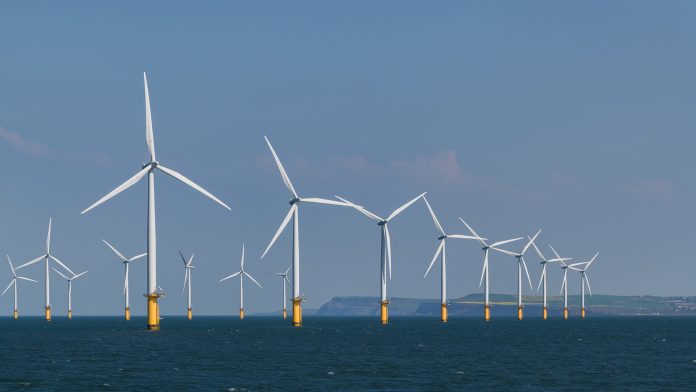UK renewable energy projects are set to benefit from over £1bn funding from the government, the largest financial support to date.
Confirmed during the Spring Budget, the sixth Contracts for Difference (CfD) allocation round of the renewable energy auction represents the most significant government investment in the sector.
The government says that this sizeable investment into UK renewable energy aims to provide more clean, secure, and affordable electricity to help grow the nation’s economy while protecting consumers from volatile prices.
The Allocation Round 6 Budget will provide:
- £800m for offshore wind
- £120m for onshore wind and solar technologies
- £105m for floating offshore wind and geothermal technologies, including a ringfenced £10m budget for tidal energy
Energy Security Secretary Claire Coutinho explained the significance of the funding for the UK renewable energy industry: “When it comes to renewables, we have a record to be proud of. In 2010, just 7% of our electricity came from renewables; this is now up to over 40% today.
“We have the second largest renewables capacity in Europe, which is backed by £300 billion of investment since 2010, with £24 billion since September alone.
“We are sticking to the plan to deliver the long-term change our country needs to deliver a brighter future for Britain – securing more homegrown, green energy, we can protect billpayers from volatile gas prices.”
Focus on offshore wind developments
After a thorough examination of the most recent evidence, taking into account the influence of global events on supply chains, the government has designated a historic £800 million specifically for offshore wind projects, establishing a distinct funding pool.
This marks the largest allocation to date, with four times the budget available compared to the previous round.
This decision follows the adjustment of the maximum price for offshore wind and floating offshore wind in November and is aimed at sustaining Britain’s position as a leading force in wind energy.
The country is already home to five of the world’s largest offshore wind farm projects. This investment is also instrumental in achieving the UK’s target of generating up to 50GW of offshore wind power by 2030, including a potential 5GW from floating offshore wind technology.
Investments in green industries
Additionally, the government has reaffirmed support for the UK’s green sectors, allocating an additional £120m to the Green Industries Growth Accelerator.
This brings its total funding to over £1bn, enhancing advanced manufacturing within clean energy supply chains.
Minister for Nuclear and Renewables Andrew Bowie added: “This unprecedented renewables budget funding to the tune of over £1bn will keep the UK at the cutting edge of the industry.
“This announcement will ensure we offer certainty to developers and continue to attract investment in the UK.
“I am excited to see the opportunities that will open for our world-class renewable industries, reducing emissions and delivering reliable, clean energy for the British people.”
How the CfD scheme works
CfD contracts are allocated through competitive auctions, ensuring cost-effectiveness for consumers. This approach has driven down prices since the scheme’s inception, leading to solar and wind becoming some of the most economical forms of electricity generation in the UK.
The CfD initiative offers renewable energy projects a guaranteed price for the electricity they produce, encouraging investment in the UK renewable energy sector. Consequently, renewable electricity generation has surged from 7% in 2010 to over 40% today.
This two-way structure safeguards consumers and businesses from future uncertainties in the global energy market. For instance, when wholesale electricity prices surpass the agreed CfD price, generators reimburse the scheme.
This mechanism was evident during Winter 2022/2023 when CfD payments decreased the funding required for energy support schemes by approximately £18 per typical household.









